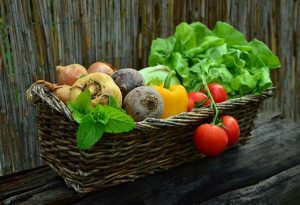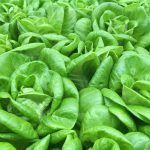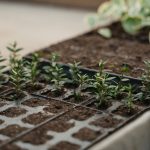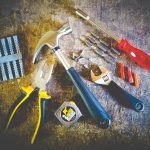Your Terrace is an excellent asset for better and happier gardens

Why Companion Planting?
Companion planting is an important part and type of gardening. It is beneficial to both you and the environment since planting different species of plants in close proximity to one another encourages a healthy and diverse ecosystem. Additionally this type of planting helps to promote beneficial relationships between plants by providing them with the necessary elements they need to thrive.
Gardening
noun.
“The act, activity, or pastime of planning and cultivating gardens” – Merriam-Webster’s Dictionary
Gardening is a great pastime and outdoor activity. If you have the ability and means to garden and grow some of your own food then gardening is for you. With the rising cost of food and the age of technology it can be cheaper and more enjoyable to get outdoors and garden.
Gardening has lots of different variables from what type of plants you grow to what you grow with each plant, and where you are located. This website has different resources to help the everyday gardener.

Fill Your Space with Plants

Companion Planting
Companion planting is a great way to have grow more plants in a small area. There are many combinations of plants, and plants help each other in the garden. Some plants add nitrogen to the soil help the companions.

Seed Starting
Growing plants from seed can be the cheapest way to start a garden. It is also the trickiest way since seeds require certain conditions in order to grow

Resources
Gardening is a great way to get outdoors and it can be fun to grow your own food. It is not as simple as putting the plants in the ground and watching them grow. There are many resources for gardeners.

Find Your Growing Zone
Before you garden it is imperative to know your growing zone.
Why is hardiness important?
Every plant has a tolerance to different weather and soils. The hardiness of a plant determines where it can survive. Tropical plants theoretically can be grown in non-tropical zones but under the right conditions, therefore it is important to know your growing zone so you can plan for the right variety of plants.
Visit the USDA to find your zone USDA MAP Click here